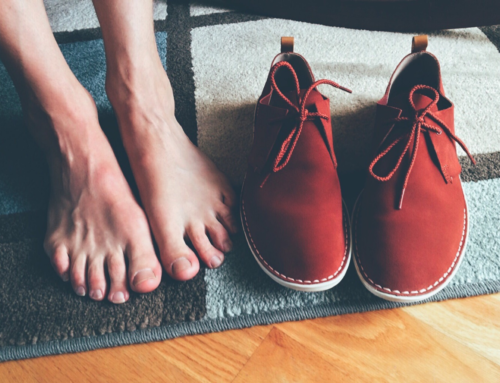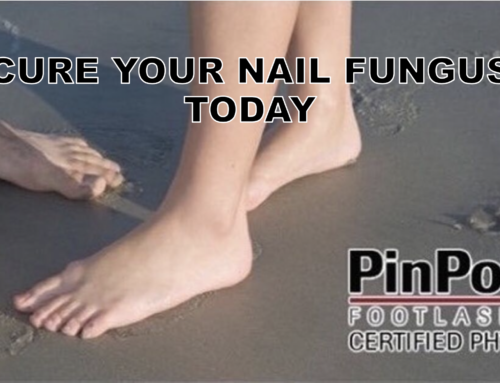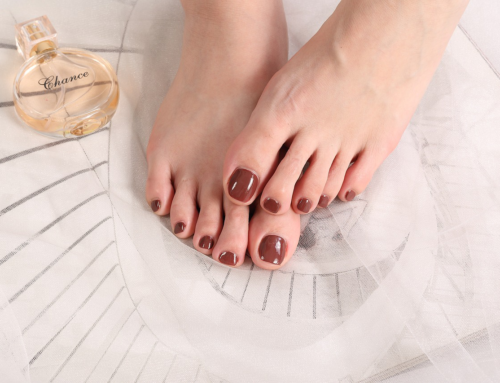Other infections lead to nail fungus and people might not realize that. Candida Albican (Candida) is a type of yeast – this is one of the most common causes of nail fungal infection. It usually lives in your digestive tract, and you even find small amounts of yeast throughout the body.
Other Fungal Infections
There are various kinds of fungi other than Candida throughout the body, but the same fungi that cause jock itch, athlete’s foot, and ringworm can cause nail fungal infection. The fungi thrive in warm and moist areas, and this kind of environment can make them naturally overpopulate.
Therefore, the American Academy of Dermatology (AAD) mentions fungal infections are more common in toenails than fingernails due to the warm and moist environment in your shoes. Although those fungi sometimes live on your skin and don’t make any trouble, when you have a lot in one area, you might get infected.
How do you get infected?
Other infections lead to nail fungus and people might not realize that. You also may get nail infections when someone else who has a fungal infection has come in contact with you. If you go to a nail salon to get a manicure or pedicure done, make sure to ask how often they sanitize their tools and how they do it. Tools such as nail clippers can spread fungal infections from person to person if it is not disinfected.
Toenail Fungus Prevention
Prevention of nail fungus is important. One way of getting a nail fungus is skin-to-skin contact with people who already have it or other fungal infections on their skin such as Athlete’s foot. Another way of getting fungi in your nails is through objects. You can get nail fungus by walking barefoot in a warm and moist area such as a public pool, or by sharing an infected nail clipper or shoes.
In addition to those conditions above, simply age can be a factor too – older adults are more prone to get fungal nail infections. If you have these conditions above, be extra careful with the fungal nail infection. If you notice any changes in your nails, ask your doctor immediately.
Laser Treatment for Toenail Fungus
As you can see, tips for healthy feet without nail fungus can be easy to find. Furthermore, if you have caught nail fungus, it can be easily treated using the FDA-approved PinPointe laser. It typically only takes on treatment. Other treatments like topical solutions and oral medication are not as effective. Topical solutions have a very low cure rate. This is because the solution does not penetrate all the way through the nail bed. This is because it can lead to liver toxicity. You would need to have consistent blood tests throughout the course of taking the medication.
Our nail doctor in Rockwall, TX recommends this treatment for toenail fungus. The PinPointe Laser treatment has the highest cure rate in the market. It has no side effects and no recovery period. As a result, you can go about your daily activities right after the treatment. Also, there’s no pain. If you have any signs of nail fungus, call us at (800) 672-0625 at our Rockwall, TX location. Visit our website for more information on our doctors at one of our over 150 locations.




